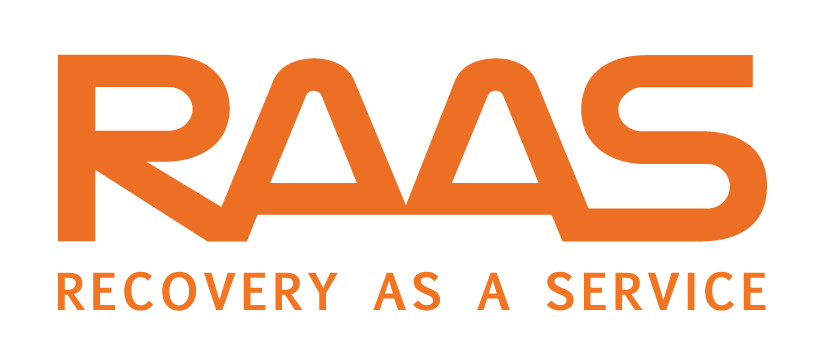Cloud computing has truly changed the business world and now a new trend is emerging: edge computing. Edge computing aims to further facilitate users’ access to their files and is part of the next stage of the Internet of Things. In today’s article, we’ve covered everything you need to know about Edge Computing!
What is Edge Computing?
It is a network made up of micro data centers that process critical data on the site. Subsequently, all information is sent to a repository and storage in the Cloud. This technology does an initial sorting of the data to reduce the traffic of the central repository. According to Gartner, this is one of the main trends in the technology market, because it is able to overcome the challenges of connectivity in delivering content as close to its source as possible. Gartner also believes that companies will soon be using this technology, especially those using artificial intelligence.
How does it work?
When using edge computing, it does not send all company data to the Cloud. First, a compilation of the most commonly used information is stored in a location close to the user. Thus, only the most relevant data crosses the network, reducing information traffic in this medium and increasing its efficiency. Edge computing can be very useful in places where there is not a good connection to the internet, for example, as this can hinder access to information. Edge computing gathers information and sends daily reports to the cloud to make long-term storage.
What are the Benefits of Edge Computing?
- Increases response speed: without having to reach the cloud, the data transfer decreases, which reduces the response of processing this information.
- Reduce IoT solution costs: it allows you to perform the processing and analyze mission-critical data close to your source, reducing the amount of data flow
- Increases Security and Compliance: Facilitates compliance with some security and compliance requirements, which has certainly restricted some companies from joining the cloud.
- Reliable operation, even with a weaker Internet: Allows manufacturing equipment and other intelligent equipment to operate without disruption
- Integration of new and old equipment: allows the legacy to connect with the newest equipment and the cloud, simplifying the integration of the equipment to the Internet technology of Things.
Cloud storage frees the IT team for other tasks and leaves it free from problems related to network failures. Storing the files in the cloud means that you don’t have maintenance, upgrade and training costs. Your business becomes more sustainable and environmentally friendly with the use of cloud storage as it will reduce power consumption and the number of paper documents. Thus, you end up having less spending on electricity, increasing the advantages for your company.

